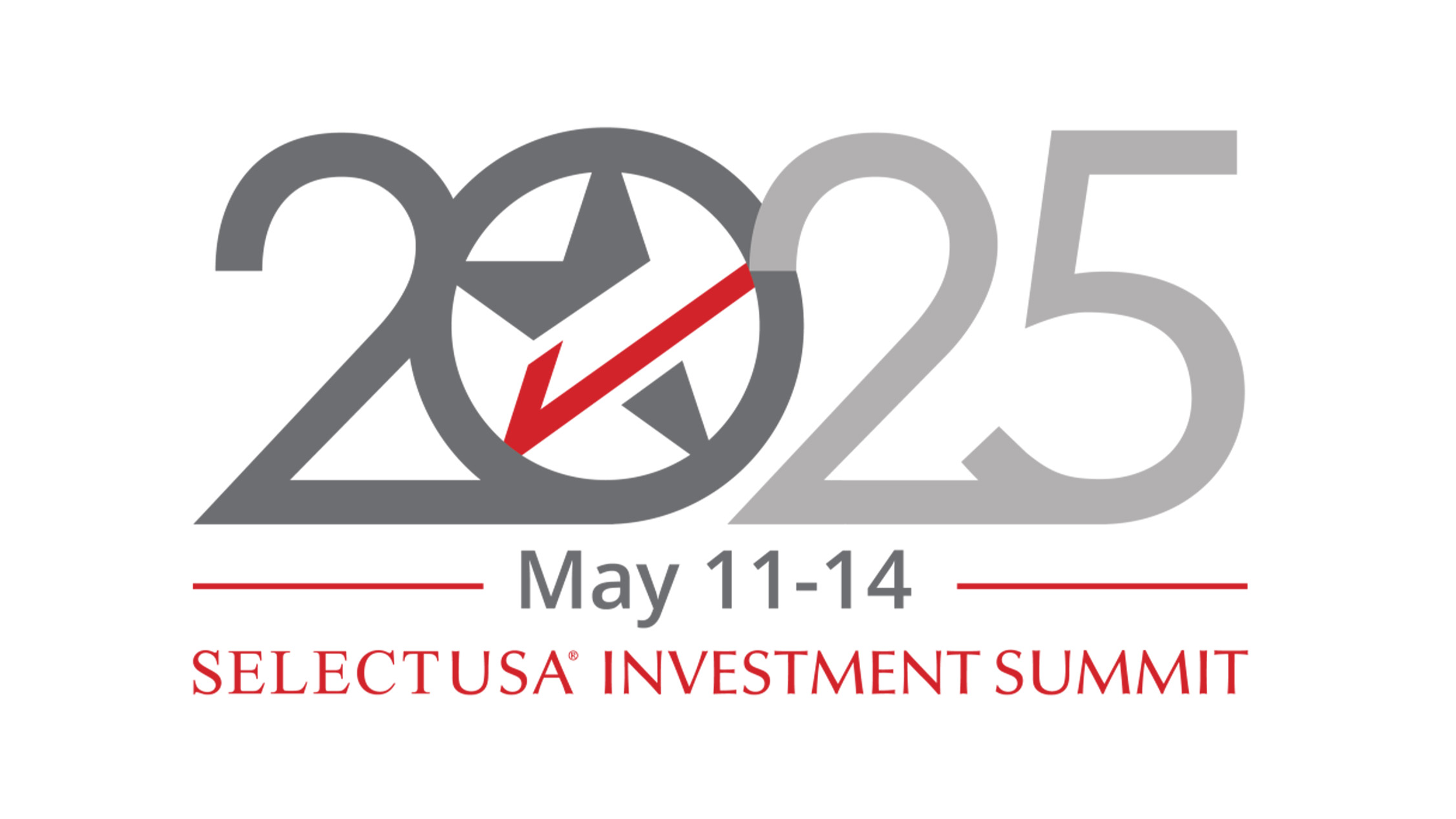Written By: Maurice Ondoy, Project Contributor at AngelouEconomics | Economic Impact of the UK Royal Wedding
The typical wedding process in the US is simple: fall in love, get engaged, buy wedding rings, get a marriage certificate with an understanding of shared commitment towards achieving shared life goals. The husband and wife enter a public verbal contract in front of friends and family to share that commitment with the anticipations for great returns over time. Although there are other elements involved, a marriage can benefit from common economic principles that are usually reserved for traditional business. However, weddings in some cultures are considered a business arrangement rather than a dream of family life together.
A normal wedding surely generates a local economic impact with all the out of town friends and family staying in hotels and going out to eat. However, how much more of an economic impact is there if you are royalty and you are having a royal wedding?
Good news for the fans of the Royal Family. The long wait is over, Prince Harry and Meghan Markle are getting married in the spring and their nuptials will be celebrated across the whole of the United Kingdom. Brand Finance, a brand consulting expert, estimates that the royal event could add over £1.05 billion, or $1.43 billion to the British economy.
What sectors are affected in this royal wedding? What is the breakdown of the boost forecasted? Let’s take a look at the summary, according to Brand Finance:
- £300 million will be spent on tourism: this is based on the fact that in 2011, tourism rose by more than 3% in the United Kingdom over the month of the royal wedding of Prince William and Kate Middleton.
- £300 million will be spent in public-relations value. It’s essentially additional advertising coverage value related to the royal wedding.
- £250 million will be added as a boost to retail stores and restaurants. The retail sector will benefit from people buying Royal Wedding souvenirs, such as cups, plates, as well as magazines. There is also likely to be a boost to the retail and catering sectors from sales of food and drink for people holding street parties. A recent survey found that 40% of British people were interested in the wedding, and that amounts to roughly 25 million people. If each person is motivated in some way to spend an extra £10; that will work out to approximately £250 million.
- £150 million uplift for the fashion industry: “People seem to go crazy as soon as Meghan is seen wearing absolutely anything.”
- £50 million boost to merchandise: think swag, such as coins, keychains, mugs, shirts, stamps, etc.
The potential £1.05 billion overall impact is truly just a drop in a big bucket, given the approximately £2 trillion gross domestic product of the U.K. Nevertheless, a wedding worth that much to the economy is definitely worth a toast!
Oh and if you are in the UK don’t forget to buy your very own Royal Wedding Coffee Cup.














